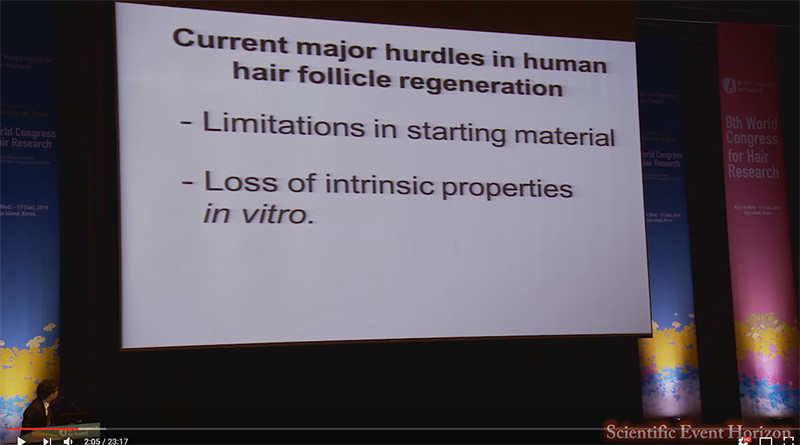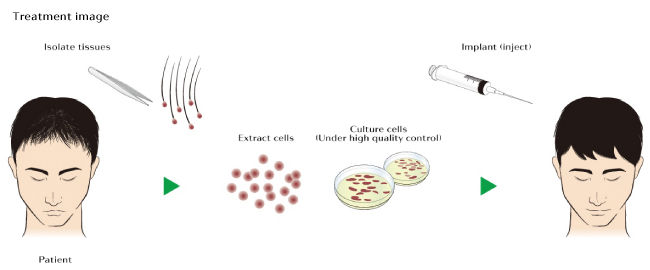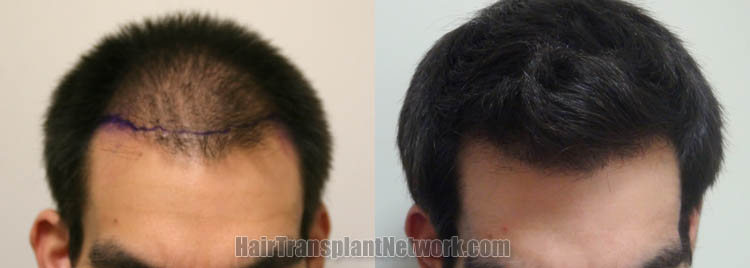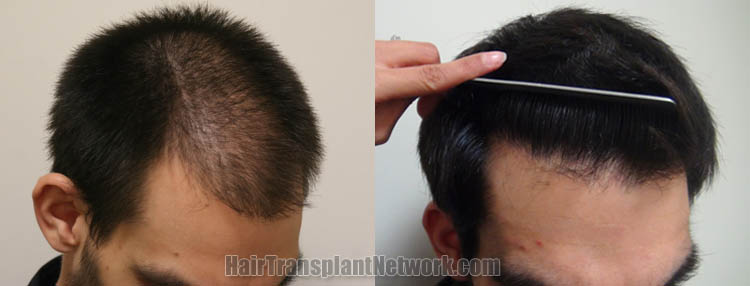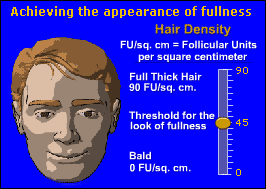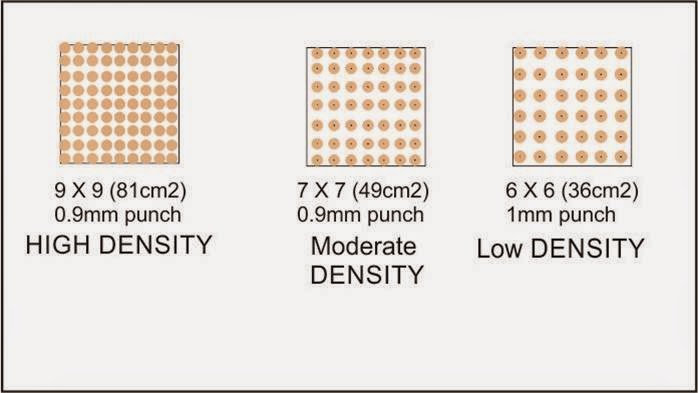Well Higgins, Jahoda and Christiano tried to retain signature expression while culturing DP cells but failed in doing that;
http://www.ncbi.nlm.nih.gov/pmc/articles/PMC3856847/.
Even switching from a 2D to 3D environment didn't help in maintaining the expression though.
In fact it was even pretty low 22% only...
I can't answer these specific questions though. I'm not Dr. Tsuji and don't know the details of his work. His study is quite old (from 2012) and like I said he must have surely progressed/innovated in the mean time.
All I'm saying is that imo this has tremendous potential. Honestly if they get it right I can't see how they are not going to be able to induce new hair follicles.
Pretty much having androgen insensitive hair follicles , the dream is alive

.

